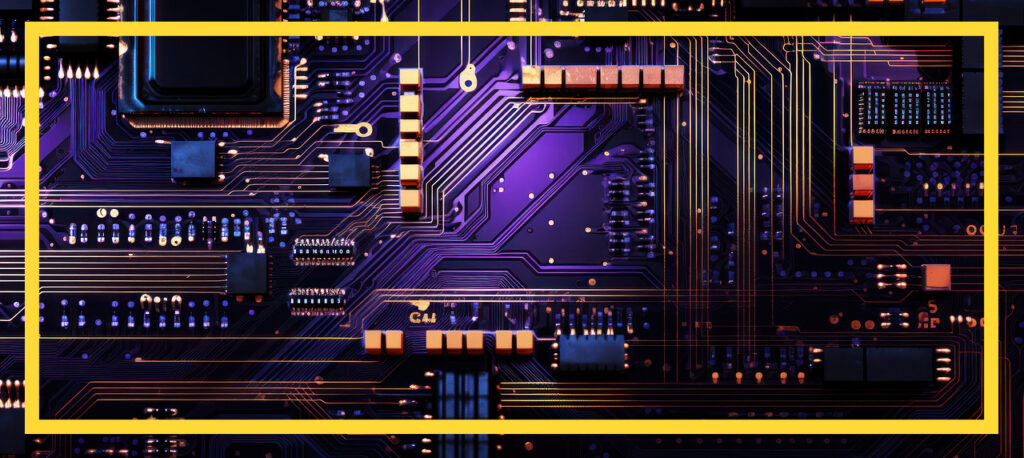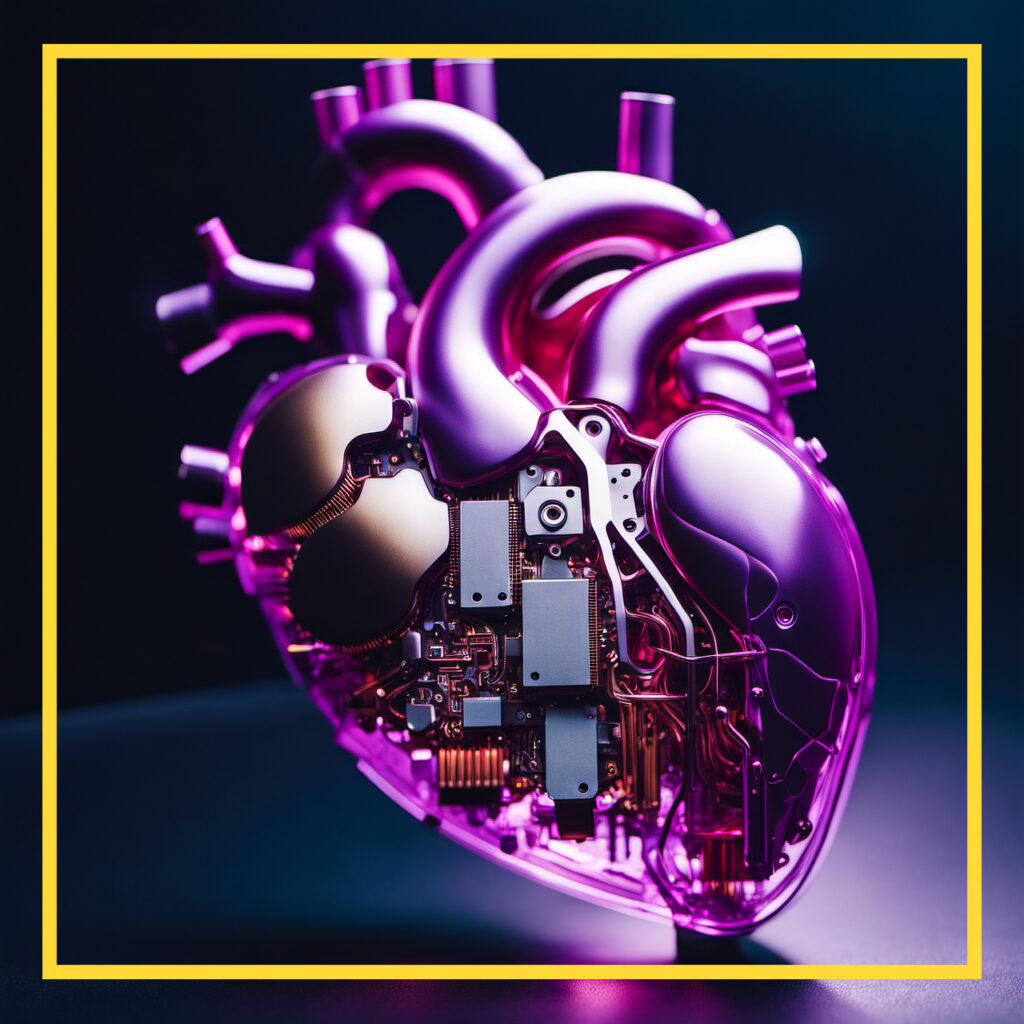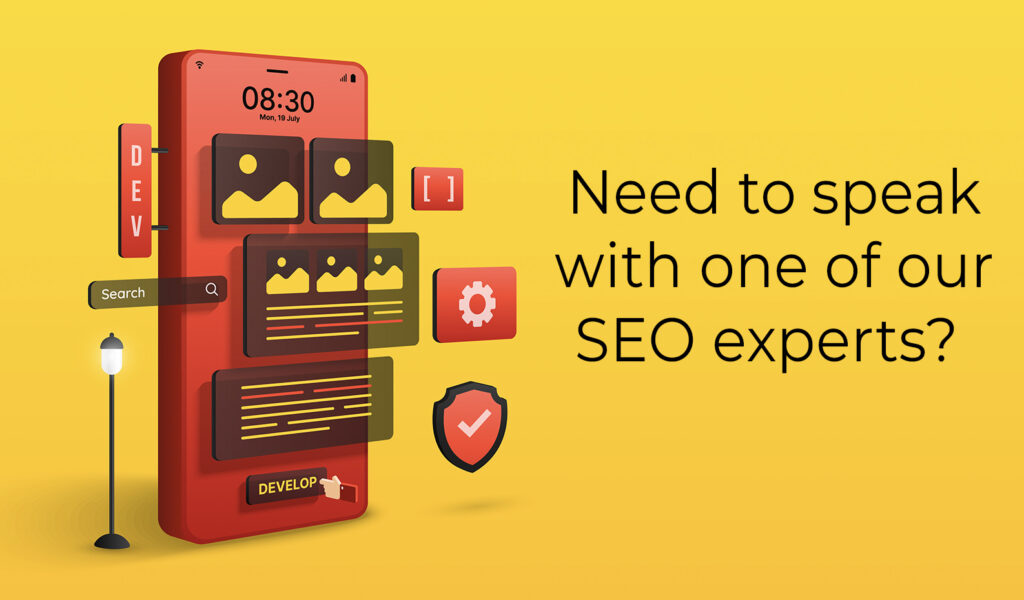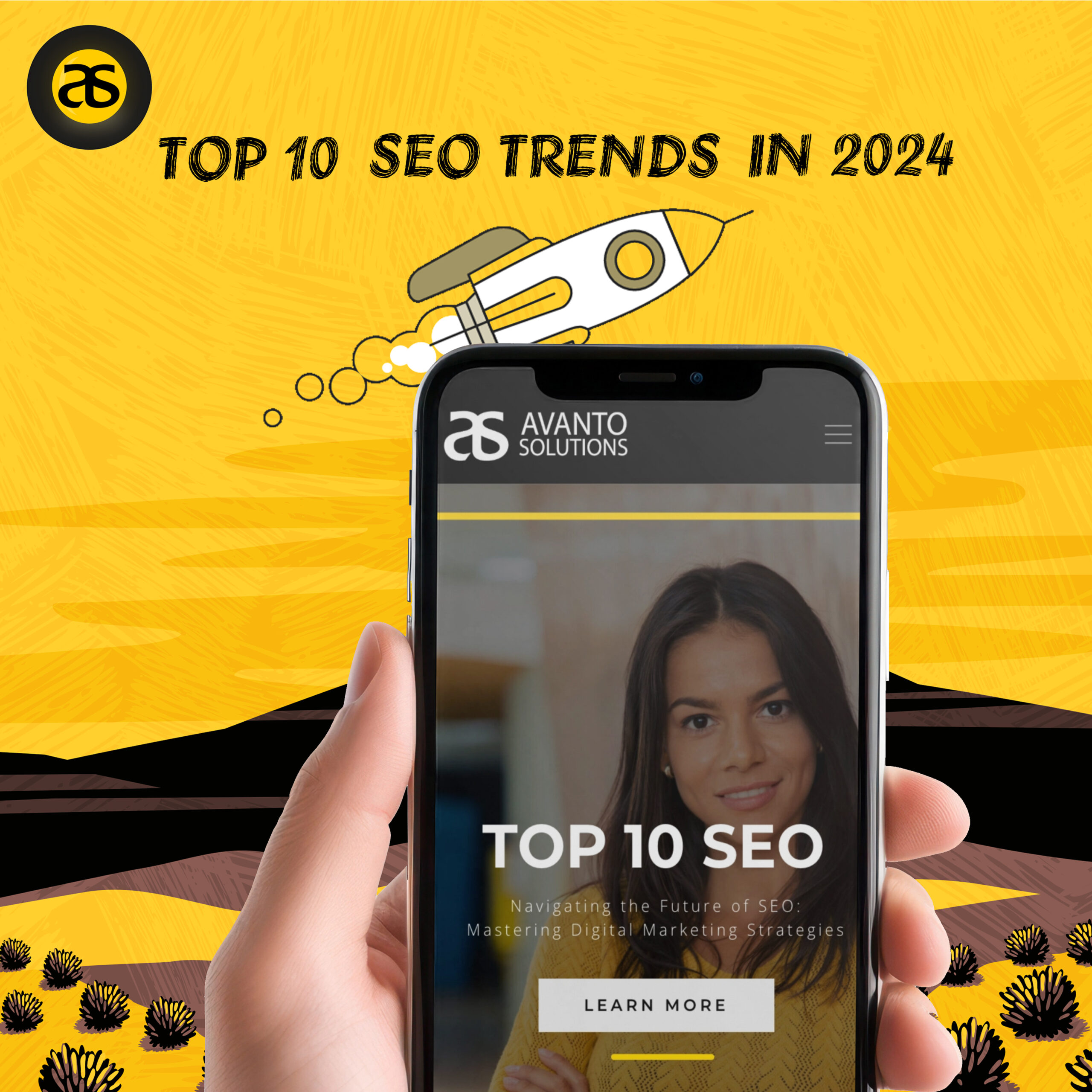In the vibrant realm of web design, the winds of change are blowing stronger than ever, thanks to the mighty force of Artificial Intelligence (AI). As we cruise through 2024, it’s crystal clear that AI isn’t just a fleeting trend but a cornerstone revolutionizing the way web designers weave their digital tapestries. From the bustling streets of Toronto to the digital corners of the world, AI is redefining creativity, efficiency, and interaction in web design. This blog sails through the AI innovations steering the ship of web design into uncharted territories, offering a treasure trove of opportunities for designers to explore.
Gone are the days when web design was purely about aesthetics and manual coding. Today, AI paves the way for smarter, more intuitive websites that not only dazzle the eye but also engage the mind in ways previously unimaginable. With AI-driven algorithms, designers can now predict user behaviour, automate tedious tasks, and create personalized experiences at scale. This seismic shift not only enhances the user experience but also empowers designers to focus on what they do best: pushing the boundaries of creativity. As we delve deeper into the realms of AI, the fusion of technology and art promises a future where the possibilities are as boundless as the designers’ imagination. Join us as we explore how AI is not just shaping, but revolutionizing the landscape of web design, heralding a new era of digital innovation and artistic expression.
-
Expanding the Role of AI in Creativity and Design
The potential of AI in transforming creativity and design extends into realms we’re only beginning to explore. By leveraging machine learning algorithms, AI-driven tools can sift through vast datasets of design elements, user engagement metrics, and aesthetic preferences, uncovering patterns and insights that would take humans much longer to identify. This capacity for deep analysis empowers designers to craft experiences that resonate more profoundly with their target audience, ensuring that every aspect of the design is optimized for maximum impact. Furthermore, AI’s predictive capabilities allow for real-time adjustments to designs based on user interactions, ensuring that the digital experience evolves in lockstep with user needs and preferences. This dynamic interplay between AI-generated insights and human creativity is creating a new breed of web designs that are not only beautiful and engaging but also deeply personalized and contextually relevant. The incorporation of AI into the creative workflow is not just a step forward; it’s a leap into a future where the boundaries of design are constantly expanding, driven by the symbiotic relationship between human intuition and AI’s analytical prowess.
-
Deepening Personalization Through AI
The power of AI to deepen personalization extends to creating a highly intuitive and responsive web environment where every interaction is an opportunity to learn about the user. By harnessing advanced algorithms, AI can analyze past interactions, predict future behaviour, and dynamically present content that aligns with the individual’s interests, search history, and even the time spent on specific pages. This predictive personalization goes beyond static user profiles, adapting in real-time to the ever-changing preferences of the user, ensuring that the website evolves alongside its visitors. For businesses, this means not just attracting users but creating an immersive digital ecosystem that anticipates their needs, preferences, and even their next move. Such a proactive approach to personalization can transform user engagement, turning casual visitors into loyal customers. In cities like Toronto, where the digital landscape is fiercely competitive, leveraging AI to offer this level of personalized experience can set a brand apart, making its digital presence not just seen but felt, in a way that is both meaningful and memorable to each user. This bespoke digital journey, powered by AI, is the future of web design, where personalization is not just a feature but the foundation of the user experience.
-
Enhancing Accessibility with AI
The advancement of AI in enhancing web accessibility extends to more nuanced applications, such as the automatic generation of descriptive captions for videos and the interpretation of complex images for visually impaired users. AI-driven tools can now analyze visual content and provide detailed descriptions, making the digital world more navigable for individuals who rely on screen readers. Moreover, AI can optimize website layouts for ease of navigation via keyboard commands, catering to users with motor disabilities. By integrating these capabilities, AI is not only making web design more inclusive but also ensuring that digital spaces comply with legal standards like the Web Content Accessibility Guidelines (WCAG). This commitment to inclusivity facilitated by AI technology reflects a broader societal shift towards recognizing and addressing the diverse needs of the global online community, making the internet a more welcoming place for everyone, irrespective of their abilities. This transformative approach to accessibility underscores the pivotal role of AI in championing a more inclusive digital future, where everyone has equal access to information, services, and opportunities online.
-
Streamlining Collaboration Between Designers and Developers
The utilization of AI in streamlining the collaboration between designers and developers is revolutionizing the way web projects are approached. AI-powered tools are capable of automatically converting design mockups into functional code, a process that traditionally required extensive back-and-forth communication and manual coding. This not only speeds up the development cycle but also allows for a more dynamic workflow, where changes in design can be quickly reflected in the development without significant delays or rework. Additionally, AI can assist in identifying potential usability issues by simulating user interactions and predicting areas where the design may not align with user expectations or accessibility standards. This preemptive identification enables both designers and developers to make informed decisions early on, ensuring the final website is not just visually appealing but also user-friendly and accessible. By acting as a bridge between the creative and technical realms, AI is facilitating a more integrated and harmonious collaboration, leading to web projects that are more coherent, efficient, and aligned with the user’s needs and the project’s goals. This collaborative synergy, enhanced by AI, marks a significant step forward in how digital solutions are crafted, leading to superior outcomes and a more streamlined production process.
-
Ethical Considerations and Future Directions
As the frontier of AI in web design expands, the ethical landscape becomes more complex and critical to navigate. The responsibility of using AI ethically extends beyond mere compliance with privacy laws to embracing principles of fairness, transparency, and inclusivity. Designers and developers must prioritize the protection of user data, employing AI systems that are transparent about data usage and ensuring users retain control over their personal information. Furthermore, the fight against algorithmic bias is paramount; AI tools must be rigorously tested and continuously monitored to prevent discrimination and ensure equitable outcomes for all users, regardless of their background.
The potential advancements in AI technology promise to further enhance the web design field. Intuitive AI design assistants could evolve to offer even more sophisticated design recommendations, learning from global design trends and individual user feedback to facilitate highly creative and unique web experiences. In terms of user experience, AI could offer even deeper personalization, utilizing real-time data analysis to adapt web interfaces and content to suit individual user behaviours and preferences seamlessly. Moreover, innovative approaches to accessibility and inclusivity, powered by AI, could open up the web to a broader audience, ensuring that digital spaces are welcoming and accessible to everyone, including those with disabilities. This ethical and innovative use of AI in web design not only paves the way for a more dynamic and inclusive digital world but also establishes a framework for responsible AI development and application across industries.
-
Expanded FAQ Section On How AI Can Help With Web Design
Q1: What AI-driven tools are revolutionizing the way web designers in Toronto predict user behaviour and automate design tasks?
A1: Tools like Adobe Sensei, which leverages machine learning to offer predictive design capabilities, and Wix’s ADI (Artificial Design Intelligence), which automates website design based on user inputs, are at the forefront. These tools analyze user engagement and design preferences, enabling designers to create more personalized and efficient web experiences.
Q2: How is AI deepening personalization in web design, and what tools facilitate this?
A2: AI deepens personalization by analyzing user interactions and tailoring content dynamically. Tools such as Algolia for personalized search experiences and Optimizely for A/B testing and personalization strategies help designers create intuitive and responsive web environments that adapt in real time to user preferences.
Q3: In what ways is AI enhancing web accessibility, and can you name some specific tools that assist in this area?
A3: AI enhances web accessibility by generating descriptive captions for media and optimizing website navigation for keyboard and screen reader users. Tools like Microsoft’s Cognitive Services provide APIs for visual content analysis, and AccessiBe uses AI to make websites more accessible, ensuring compliance with WCAG standards.
Q4: How are AI-powered tools streamlining the collaboration between web designers and developers, and can you provide examples of these tools?
A4: AI-powered tools like Figma’s Plugins and GitHub Copilot automate the conversion of design mockups into code and predict development needs, reducing manual coding and speeding up the development process. These tools facilitate a seamless, dynamic workflow between designers and developers, enhancing productivity and project coherence.
Q5: What role does AI play in SEO and web traffic optimization, and which tools are pivotal in this domain?
A5: AI plays a crucial role in SEO by analyzing search behaviours and optimizing content to match audience demands. Tools like MarketMuse and SEMrush use AI to conduct competitive analysis, optimize content for search engines, and predict emerging trends, helping businesses improve their online visibility and attract targeted traffic.











